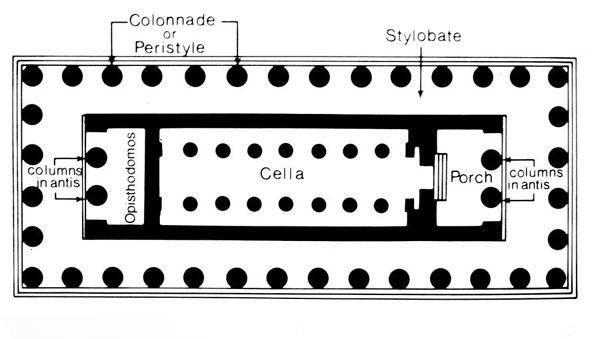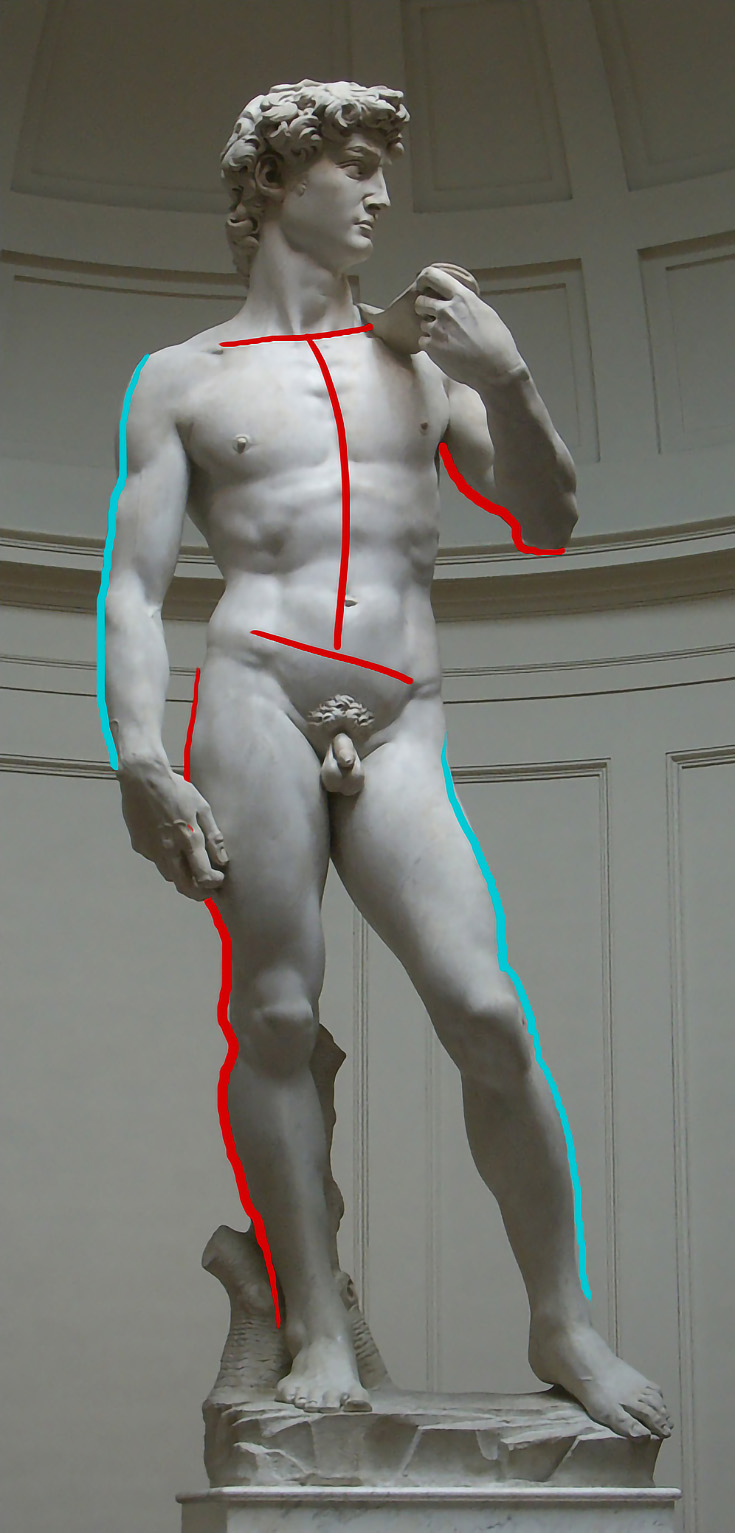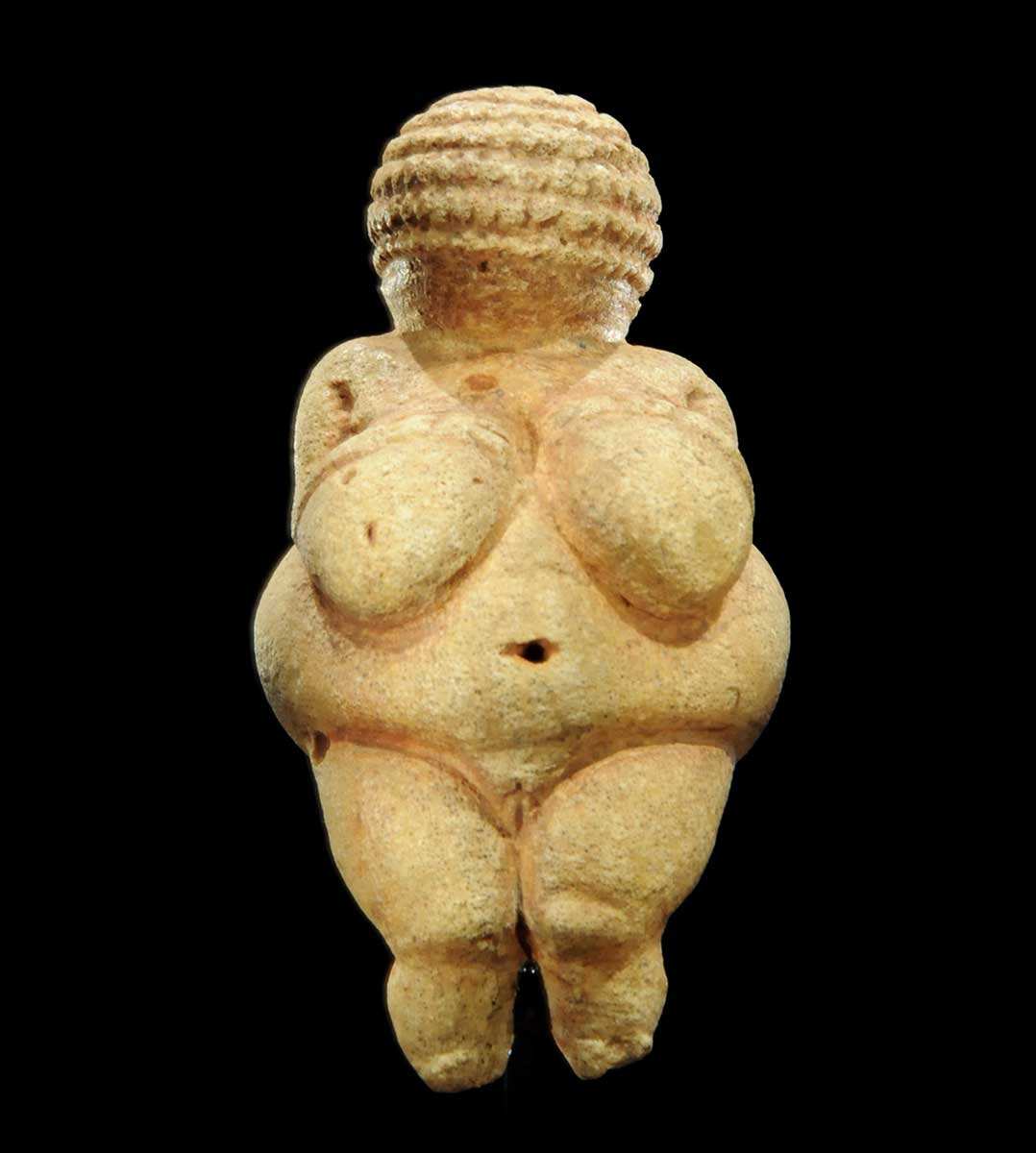Global Foundations of Art - Montclair State University VIST 105
1/118
Earn XP
Description and Tags
Name | Mastery | Learn | Test | Matching | Spaced |
|---|
No study sessions yet.
119 Terms
Altamira Cave
A cave in northern Spain where prehistoric paintings were discovered in 1879. The paintings are believed to be 25,000 - 35,000 years old.
Includes paintings of bison, horses, and handprints
First example of what is thought home decor since people were living there permanently
In the Bronze Age this area included Sumer and the Akkadian, Babylonian and Assyrian empires
In the Iron Age, it was ruled by the Neo-Assyrian and Neo-Babylonian empires
Greek Humanism
Greeks begin studying the human body in a way to create more anatomically correct features than previously
Peripteral
Having a single row of pillars on all sides in the style of the temples of ancient Greece
Columns surround exterior of temple
Temples have cell as where statues of gods stand
Emphasis on proportions

Contrapposto
An asymmetrical arrangement of the human figure in which the line of the arms and shoulders contrasts with while balancing those of the hips and legs
“Counter pose”
Body is always in a system of balance
First known example is Kritios Boy

Acropolis
A fortified hilltop in an ancient Greek city
Woman of Willendorf
Description: Small limestone figurine of a female with exaggerated features
Size: Approximately 4.4 inches tall
Features: Large breasts, rounded belly, wide hips, no facial features
